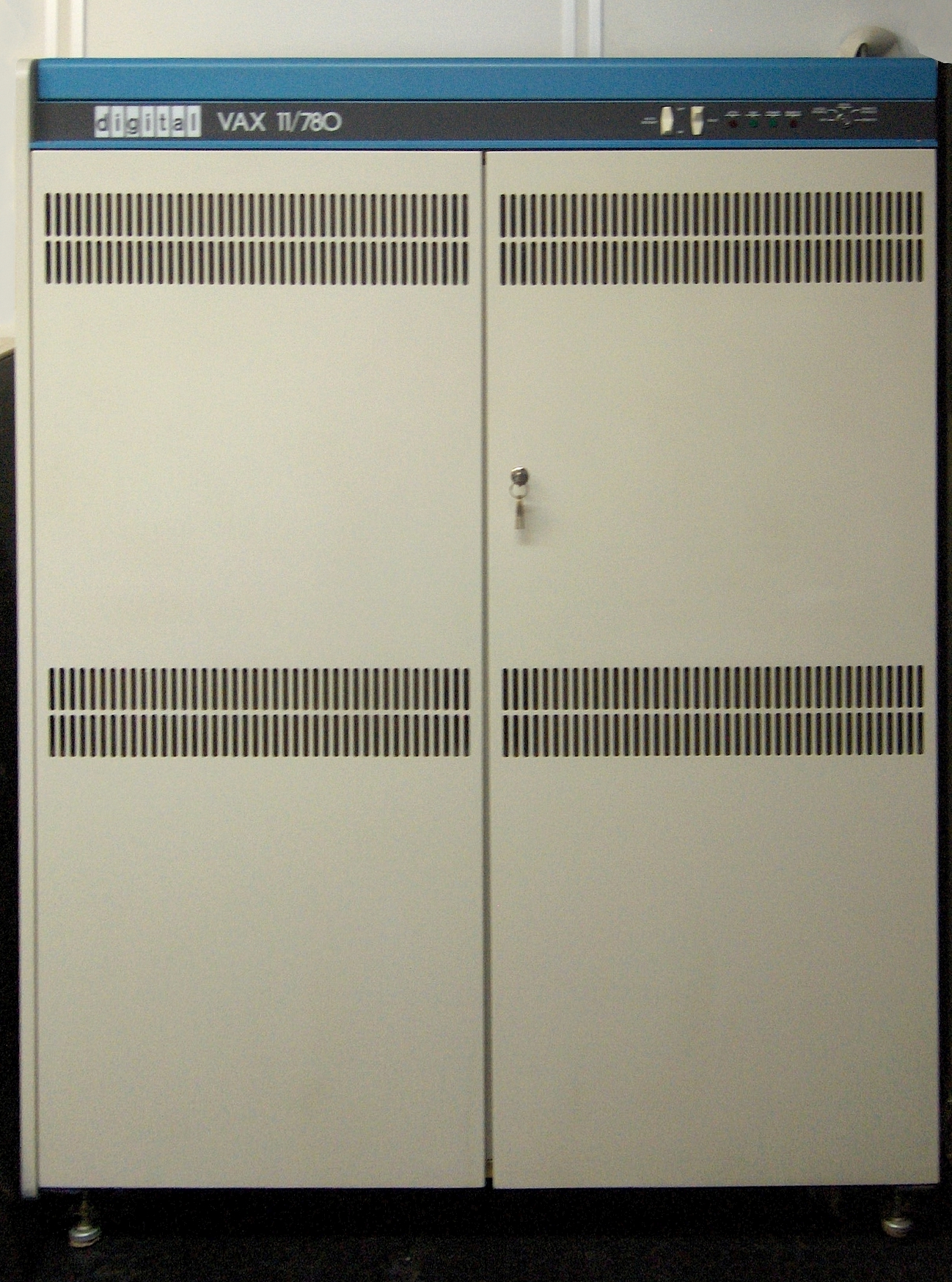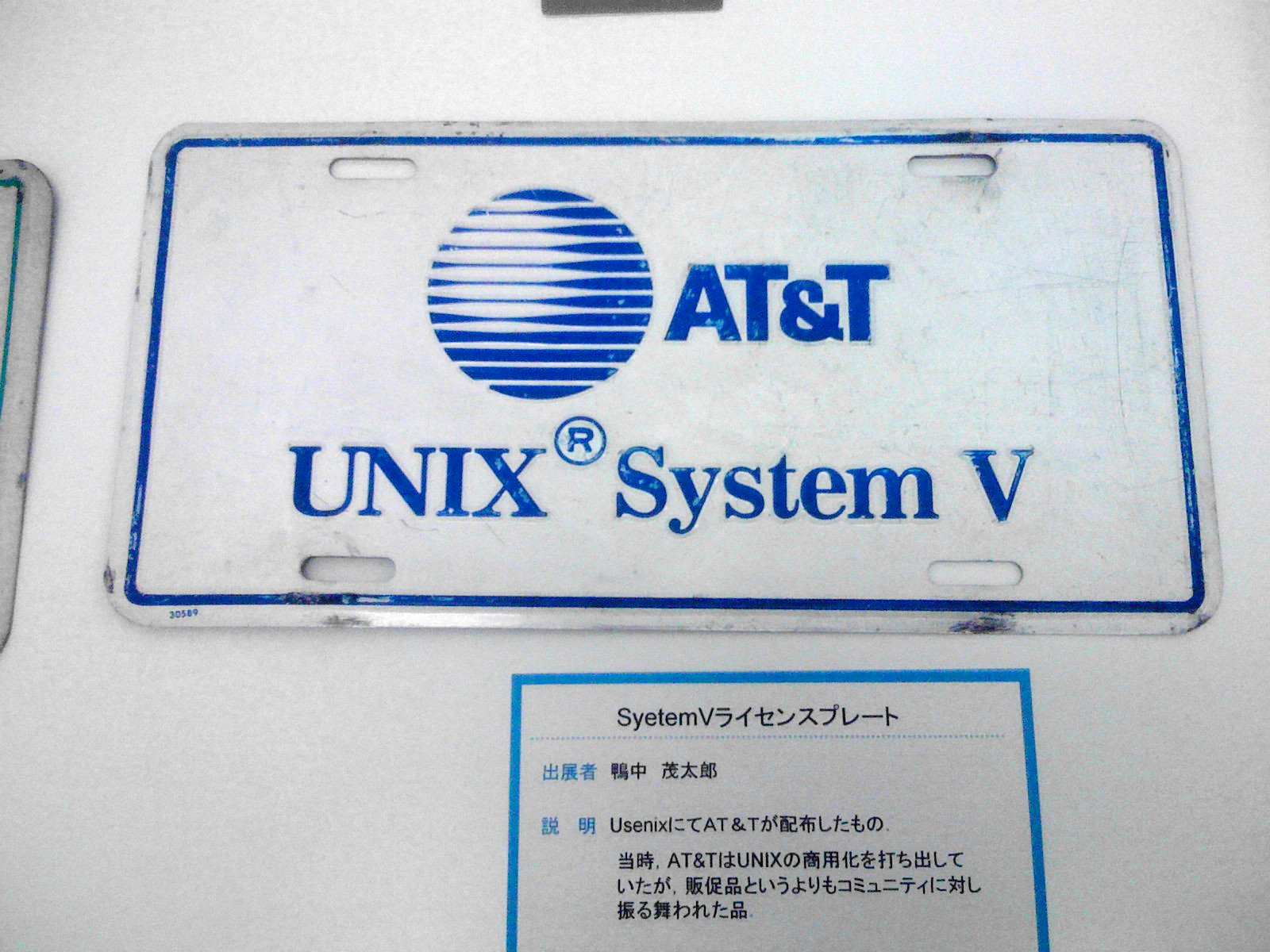|
Dynix (software), Dynix
DYNIX (''DYNamic UnIX'') was a Unix-like operating system developed by Sequent Computer Systems, based on 4.2BSD and modified to run on Intel-based symmetric multiprocessor hardware. The third major (Dynix 3.0) version was released May, 1987; by 1992 DYNIX was succeeded by DYNIX/ptx, which was based on UNIX System V. IBM obtained rights to DYNIX/ptx in 1999, when it acquired Sequent for $810 million. IBM's subsequent Project Monterey was an attempt, circa 1999, "to unify AIX with Sequent's Dynix/ptx operating system and UnixWare." By 2001, however, "the explosion in popularity of Linux Linux ( ) is a family of open source Unix-like operating systems based on the Linux kernel, an kernel (operating system), operating system kernel first released on September 17, 1991, by Linus Torvalds. Linux is typically package manager, pac ... ... prompted IBM to quietly ditch" this. References Berkeley Software Distribution Discontinued operating systems X86 operating system ... [...More Info...] [...Related Items...] OR: [Wikipedia] [Google] [Baidu] |
Sequent Computer Systems
Sequent Computer Systems, Inc. was a computer company that designed and manufactured multiprocessing computer systems. They were among the pioneers in high-performance symmetric multiprocessing (SMP) Open system (computing), open systems, innovating in both hardware (e.g., cache (computing), cache management and interrupt handling) and software (e.g., read-copy-update). Through a partnership with Oracle Corporation, Sequent became a dominant high-end Unix, UNIX platform in the late 1980s and early 1990s. Later they introduced a next-generation high-end platform for UNIX and Windows NT based on a non-uniform memory access architecture, NUMA-Q. As hardware prices fell in the late 1990s, and Intel shifted their server focus to the Itanium processor family, Sequent joined the Project Monterey effort in October 1998, which aimed to move a standard Unix to several new platforms. [...More Info...] [...Related Items...] OR: [Wikipedia] [Google] [Baidu] |
Unix-like
A Unix-like (sometimes referred to as UN*X, *nix or *NIX) operating system is one that behaves in a manner similar to a Unix system, although not necessarily conforming to or being certified to any version of the Single UNIX Specification. A Unix-like Application software, application is one that behaves like the corresponding List of POSIX commands, Unix command or Unix shell, shell. Although there are general Unix philosophy, philosophies for Unix design, there is no technical standard defining the term, and opinions can differ about the degree to which a particular operating system or application is Unix-like. Some well-known examples of Unix-like operating systems include Linux, FreeBSD and OpenBSD. These systems are often used on servers as well as on personal computers and other devices. Many popular applications, such as the Apache HTTP Server, Apache web server and the Bash (Unix shell), Bash shell, are also designed to be used on Unix-like systems. Definition The Open ... [...More Info...] [...Related Items...] OR: [Wikipedia] [Google] [Baidu] |
Berkeley Software Distribution
The Berkeley Software Distribution (BSD), also known as Berkeley Unix or BSD Unix, is a discontinued Unix operating system developed and distributed by the Computer Systems Research Group (CSRG) at the University of California, Berkeley, beginning in 1978. It began as an improved derivative of AT&T's original Unix that was developed at Bell Labs, based on the source code but over time diverging into its own code. BSD would become a pioneer in the advancement of Unix and computing. BSD's development was begun initially by Bill Joy, who added virtual memory capability to Unix running on a VAX-11 computer. In the 1980s, BSD was widely adopted by workstation vendors in the form of proprietary Unix distributions such as DEC Ultrix and Sun Microsystems SunOS due to its permissive licensing and familiarity to many technology company founders and engineers. It also became the most popular Unix at universities, where it was used for the study of operating systems. BSD was sponsored ... [...More Info...] [...Related Items...] OR: [Wikipedia] [Google] [Baidu] |
SysV
Unix System V (pronounced: "System Five") is one of the first commercial versions of the Unix operating system. It was originally developed by AT&T and first released in 1983. Four major versions of System V were released, numbered 1, 2, 3, and 4. System V Release 4 (SVR4) was commercially the most successful version, being the result of an effort, marketed as ''Unix System Unification'', which solicited the collaboration of the major Unix vendors. It was the source of several common commercial Unix features. System V is sometimes abbreviated to SysV. , the AT&T-derived Unix market is divided between four System V variants: IBM's AIX, Hewlett Packard Enterprise's HP-UX and Oracle's Solaris, plus the free-software illumos forked from OpenSolaris. Overview Introduction System V was the successor to 1982's UNIX System III. While AT&T developed and sold hardware that ran System V, most customers ran a version from a reseller, based on AT&T's reference implementation. A ... [...More Info...] [...Related Items...] OR: [Wikipedia] [Google] [Baidu] |
English Language
English is a West Germanic language that developed in early medieval England and has since become a English as a lingua franca, global lingua franca. The namesake of the language is the Angles (tribe), Angles, one of the Germanic peoples that Anglo-Saxon settlement of Britain, migrated to Britain after its End of Roman rule in Britain, Roman occupiers left. English is the list of languages by total number of speakers, most spoken language in the world, primarily due to the global influences of the former British Empire (succeeded by the Commonwealth of Nations) and the United States. English is the list of languages by number of native speakers, third-most spoken native language, after Mandarin Chinese and Spanish language, Spanish; it is also the most widely learned second language in the world, with more second-language speakers than native speakers. English is either the official language or one of the official languages in list of countries and territories where English ... [...More Info...] [...Related Items...] OR: [Wikipedia] [Google] [Baidu] |
Operating System
An operating system (OS) is system software that manages computer hardware and software resources, and provides common daemon (computing), services for computer programs. Time-sharing operating systems scheduler (computing), schedule tasks for efficient use of the system and may also include accounting software for cost allocation of Scheduling (computing), processor time, mass storage, peripherals, and other resources. For hardware functions such as input and output and memory allocation, the operating system acts as an intermediary between programs and the computer hardware, although the application code is usually executed directly by the hardware and frequently makes system calls to an OS function or is interrupted by it. Operating systems are found on many devices that contain a computerfrom cellular phones and video game consoles to web servers and supercomputers. , Android (operating system), Android is the most popular operating system with a 46% market share, followed ... [...More Info...] [...Related Items...] OR: [Wikipedia] [Google] [Baidu] |
Symmetric Multiprocessing
Symmetric multiprocessing or shared-memory multiprocessing (SMP) involves a multiprocessor computer hardware and software architecture where two or more identical processors are connected to a single, shared main memory, have full access to all input and output devices, and are controlled by a single operating system instance that treats all processors equally, reserving none for special purposes. Most multiprocessor systems today use an SMP architecture. In the case of multi-core processors, the SMP architecture applies to the cores, treating them as separate processors. Professor John D. Kubiatowicz considers traditionally SMP systems to contain processors without caches. Culler and Pal-Singh in their 1998 book "Parallel Computer Architecture: A Hardware/Software Approach" mention: "The term SMP is widely used but causes a bit of confusion. ..The more precise description of what is intended by SMP is a shared memory multiprocessor where the cost of accessing a memory location ... [...More Info...] [...Related Items...] OR: [Wikipedia] [Google] [Baidu] |
UNIX System V
Unix System V (pronounced: "System Five") is one of the first commercial versions of the Unix operating system. It was originally developed by AT&T and first released in 1983. Four major versions of System V were released, numbered 1, 2, 3, and 4. System V Release 4 (SVR4) was commercially the most successful version, being the result of an effort, marketed as ''Unix System Unification'', which solicited the collaboration of the major Unix vendors. It was the source of several common commercial Unix features. System V is sometimes abbreviated to SysV. , the AT&T-derived Unix market is divided between four System V variants: IBM's AIX, Hewlett Packard Enterprise's HP-UX and Oracle's Solaris, plus the free-software illumos forked from OpenSolaris. Overview Introduction System V was the successor to 1982's UNIX System III. While AT&T developed and sold hardware that ran System V, most customers ran a version from a reseller, based on AT&T's reference implementation. A ... [...More Info...] [...Related Items...] OR: [Wikipedia] [Google] [Baidu] |
Project Monterey
Project Monterey was an attempt to build a single Unix operating system that ran across a variety of 32-bit and 64-bit platforms, as well as supporting multi-processing. It would allow applications to run across a wide selection of machines, at a time when compatibility between platforms was limited and this was seen as a major barrier to the more widespread adoption of Unix-based platforms. Although it would run on most processors of the era, the main focus of the project was to create an enterprise-class UNIX for the upcoming IA-64, which at the time was expected to eventually dominate the server market. The rise of Linux and the failure of the IA-64 program led to its supporters abandoning the project. Announced in October 1998, the project involved several Unix vendors; IBM provided POWER and PowerPC support from AIX, Santa Cruz Operation (SCO) provided IA-32 support, and Sequent added multi-processing (MP) support from their DYNIX/ptx system. Intel Corporation provided ex ... [...More Info...] [...Related Items...] OR: [Wikipedia] [Google] [Baidu] |
UnixWare
UnixWare is a Unix operating system. It was originally released by Univel, a jointly owned venture of AT&T's Unix System Laboratories (USL) and Novell. It was then taken over by Novell. Via Santa Cruz Operation (SCO), it went on to Caldera Systems, Caldera International, and The SCO Group before it was sold to UnXis (now Xinuos). After the acquisition of SCO by Caldera, the name was briefly changed to Open UNIX before being reverted to the original name in the next release. Binary distributions of UnixWare are available for x86 architecture computers. UnixWare is primarily marketed and deployed as a server operating system. History Univel (1991–1993) After the SVR4 effort to merge SunOS and System V, AT&T's Unix System Laboratories (USL) formed the Univel partnership with Novell to develop a desktop version of Unix for i386 and i486 machines, codenamed "Destiny". Destiny is based on the Unix System V release 4.2 kernel. The MoOLIT toolkit is used for the windowing ... [...More Info...] [...Related Items...] OR: [Wikipedia] [Google] [Baidu] |
Linux
Linux ( ) is a family of open source Unix-like operating systems based on the Linux kernel, an kernel (operating system), operating system kernel first released on September 17, 1991, by Linus Torvalds. Linux is typically package manager, packaged as a Linux distribution (distro), which includes the kernel and supporting system software and library (computing), libraries—most of which are provided by third parties—to create a complete operating system, designed as a clone of Unix and released under the copyleft GPL license. List of Linux distributions, Thousands of Linux distributions exist, many based directly or indirectly on other distributions; popular Linux distributions include Debian, Fedora Linux, Linux Mint, Arch Linux, and Ubuntu, while commercial distributions include Red Hat Enterprise Linux, SUSE Linux Enterprise, and ChromeOS. Linux distributions are frequently used in server platforms. Many Linux distributions use the word "Linux" in their name, but the Free ... [...More Info...] [...Related Items...] OR: [Wikipedia] [Google] [Baidu] |






